Seismic Response of a Structure Equipped with an External Viscous Damping System
Abstract
:1. Introduction
2. Mechanical Model
3. Results
3.1. Parametric Analysis
3.2. Numerical Examples
4. Discussion
5. Conclusions
Author Contributions
Funding
Conflicts of Interest
References
- Constantinou, M.C.; Tsopelas, P.; Hammel, W.; Sigaher, A.N. Toggle-Brace-Damper Seismic Energy Dissipation System. J. Struct. Eng. 2001, 127, 105–112. [Google Scholar] [CrossRef]
- Sigaher, A.N.; Constantinou, M.C. Scissor-Jack-Damper Energy Dissipation System. Earthq. Spectra 2003, 19, 133–158. [Google Scholar] [CrossRef]
- Sorace, S.; Terenzi, G.; Frangipane, A. Incorporation of dissipative connections for seismic retrofit of reinforced concrete prefab structures. Ing. Sismica 2019, 36, 55–66. [Google Scholar]
- Peckan, G.; Mander, J.B.; Chen, S.S. Balancing lateral loads using tendon-based supplemental damping system. J. Struct. Eng. 2000, 126, 896–905. [Google Scholar]
- Peckan, G. Design of Seismic Energy Dissipation Systems for Reinforced Concrete and Steel Structures. Ph.D. Thesis, State University of New York, Buffalo, NY, USA, 1998. [Google Scholar]
- Terenzi, G. Dynamics of SDOF systems with nonlinear viscous damping. J. Eng. Mech. 1999, 125, 956–963. [Google Scholar] [CrossRef]
- Sorace, S.; Terenzi, G. Non-linear dynamic modelling and design procedure of FV spring-dampers for base isolation. Eng. Struct. 2001, 23, 1556–1567. [Google Scholar] [CrossRef]
- Sorace, S.; Terenzi, G. The damped cable system for seismic protection of frame structures—Part II: Design and application. Earthq. Eng. Struct. Dyn. 2012, 41, 929–947. [Google Scholar] [CrossRef]
- Naeem, A.; Kim, J. Seismic performance evaluation of spring viscous damper cable system. Eng. Struct. 2018, 176, 455–467. [Google Scholar] [CrossRef]
- Saito, T.; Maegawa, T.; Denno, S.; Sakai, S.; Uchikawa, M.; Kanagawa, M.; Ryujin, H. New Seismic Response Control System Using Block and Tackle. In Proceedings of the 16th World Conference on Earthquake Engineering, 16WCEE, Santiago, Chile, 9–13 January 2017. [Google Scholar]
- Berton, S.; Bolander, E.B. Amplification system for supplemental damping devices in seismic applications. J. Struct. Eng. 2005, 131, 979–983. [Google Scholar] [CrossRef]
- Kang, J.; Tagawa, H. Seismic response of steel structures with seesaw systems using viscoelastic dampers. Earthq. Eng. Struct. Dyn. 2013, 42, 779–794. [Google Scholar] [CrossRef]
- Newmark, N.M. A method of computation for structural dynamics. J. Eng. Mech. 1959, 85, 67–94. [Google Scholar]
- Nuove Norme Tecniche Per le Costruzioni, New Italian Technical Standards for constructions. DM 17 January 2018. Available online: https://www.gazzettaufficiale.it/eli/gu/2018/02/20/42/so/8/sg/pdf (accessed on 20 January 2020).
- Luzi, L.; Puglia, R.; Russo, E.; Orfeus WG5. Engineering Strong Motion Database; Version 1.0; Observatories & Research Facilities for European Seismology; Istituto Nazionale di Geofisica e Vulcanologia: Roma, Italy, 2016. [Google Scholar] [CrossRef]
- Smerzini, C.; Galasso, C.; Iervolino, I.; Paolucci, R. Ground motion record selection based on broadband spectral compatibility. Earthq. Spectra 2013, 30, 1427–1448. [Google Scholar] [CrossRef] [Green Version]
- Sabino, A.; Basi, M.; Marra, A.; Mannella, A. Analysis of the First Results of the Seismic Vulnerability Program of Schools in Abruzzo: State of Implementation and Issues Emerged. In Proceedings of the XVIII ANIDIS Conference, Ascoli Piceno, Italy, 15–19 September 2019. [Google Scholar]
- Italian Department of Civil Protection. Technical Report; No. 031/10A.03; Italian Department of Civil Protection: Rome, Italy, 2005.
- Sorace, S.; Terenzi, G. Motion control-based seismic retrofit solutions for a R/C school building designed with earlier Technical Standards. Bull. Earthq. Eng. 2014, 12, 2723–2744. [Google Scholar] [CrossRef]
- Cavaleri, L.; Di Trapani, F.; Ferrotto, M.F. Experimental determination of viscous damper parameters in low velocity ranges. Ing. Sismica 2017, 34, 64–74. [Google Scholar]
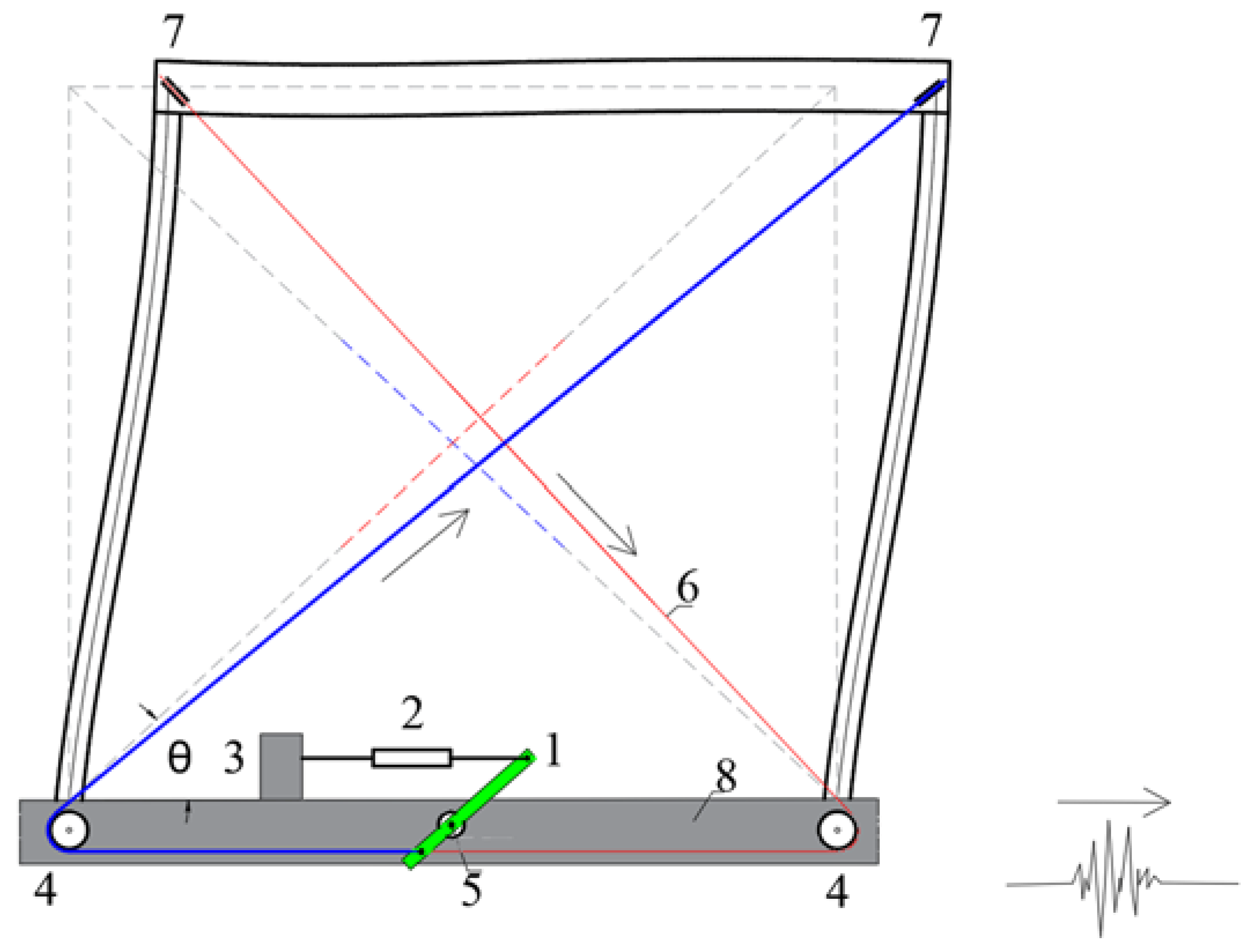
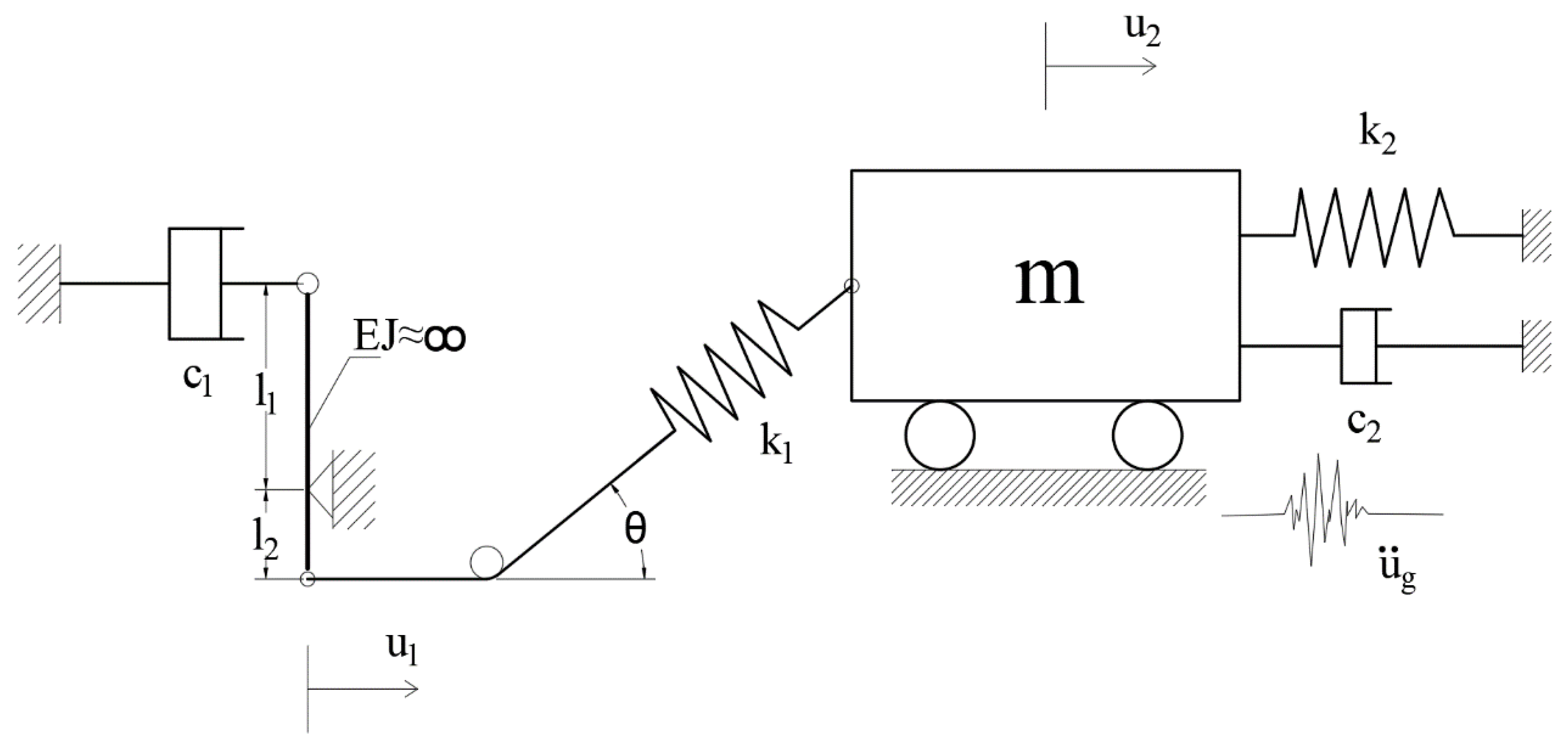
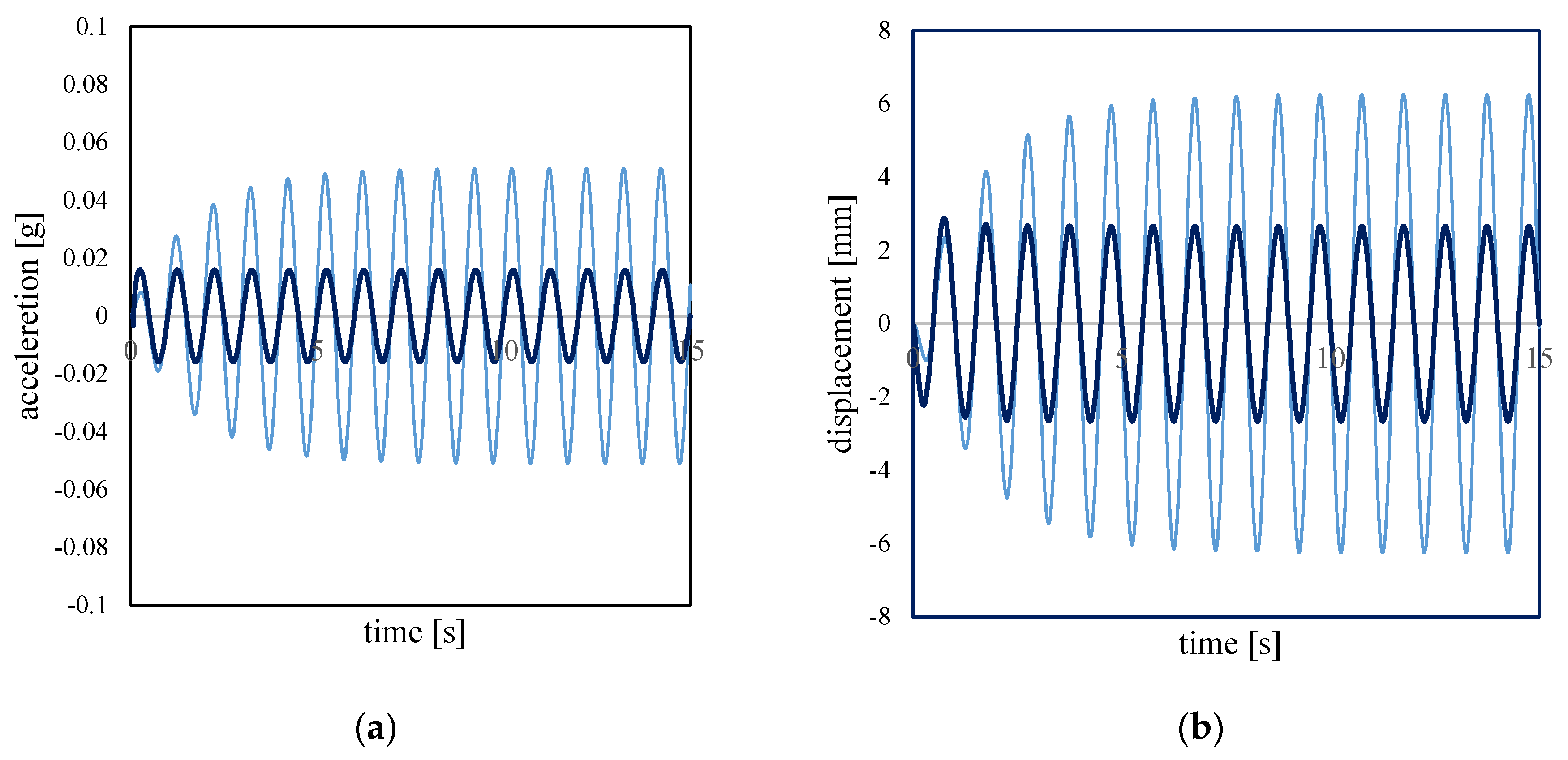
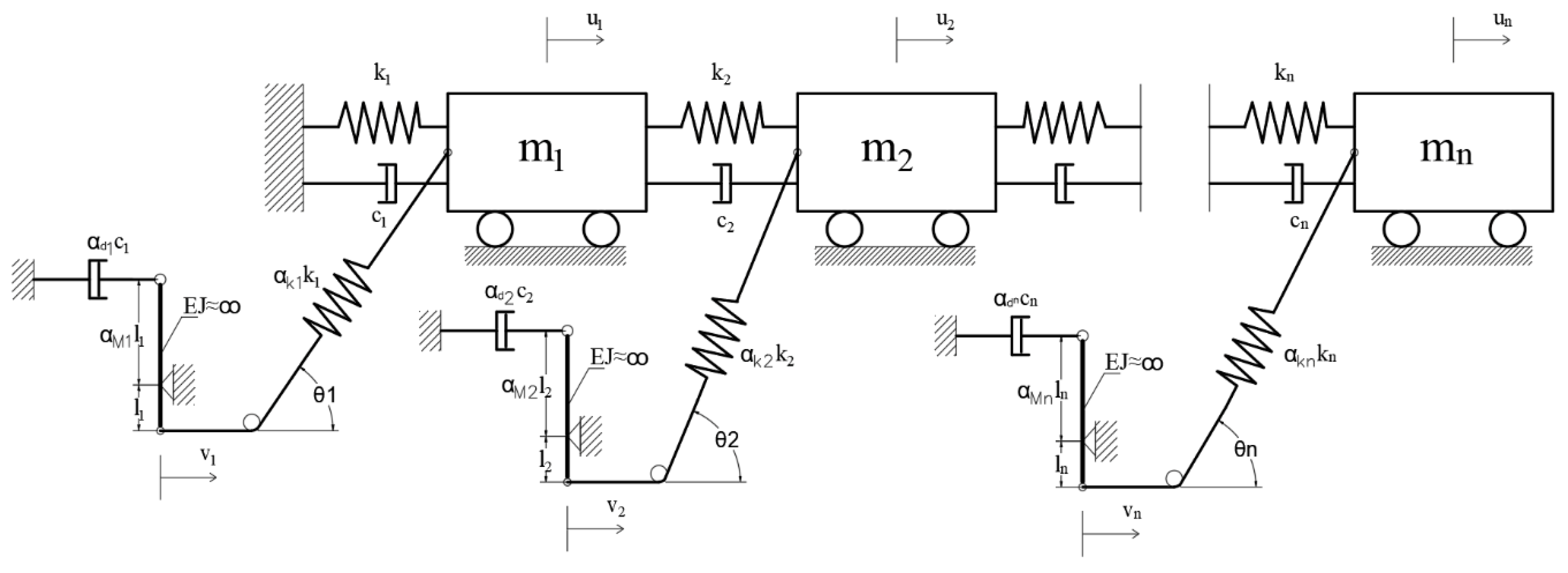
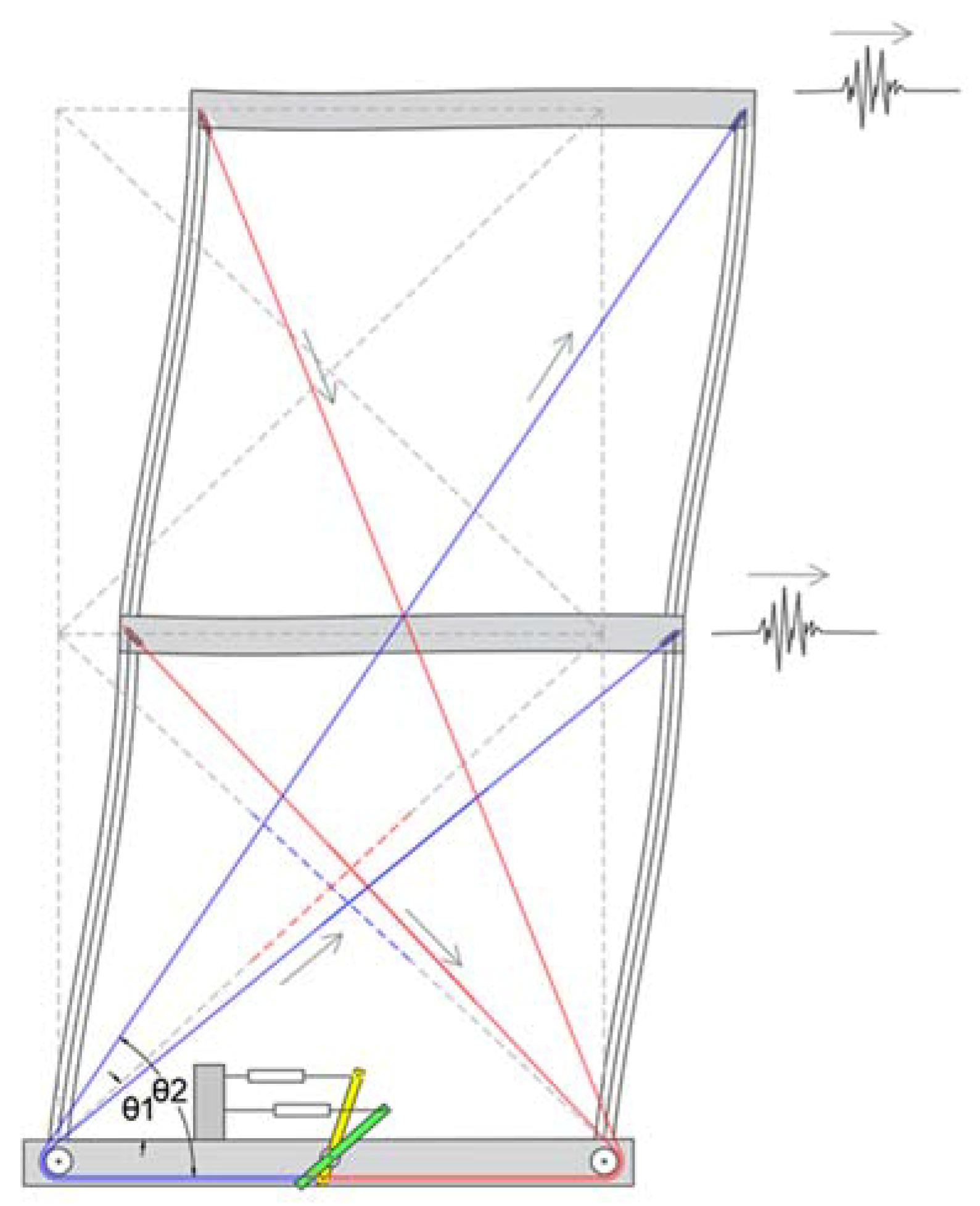
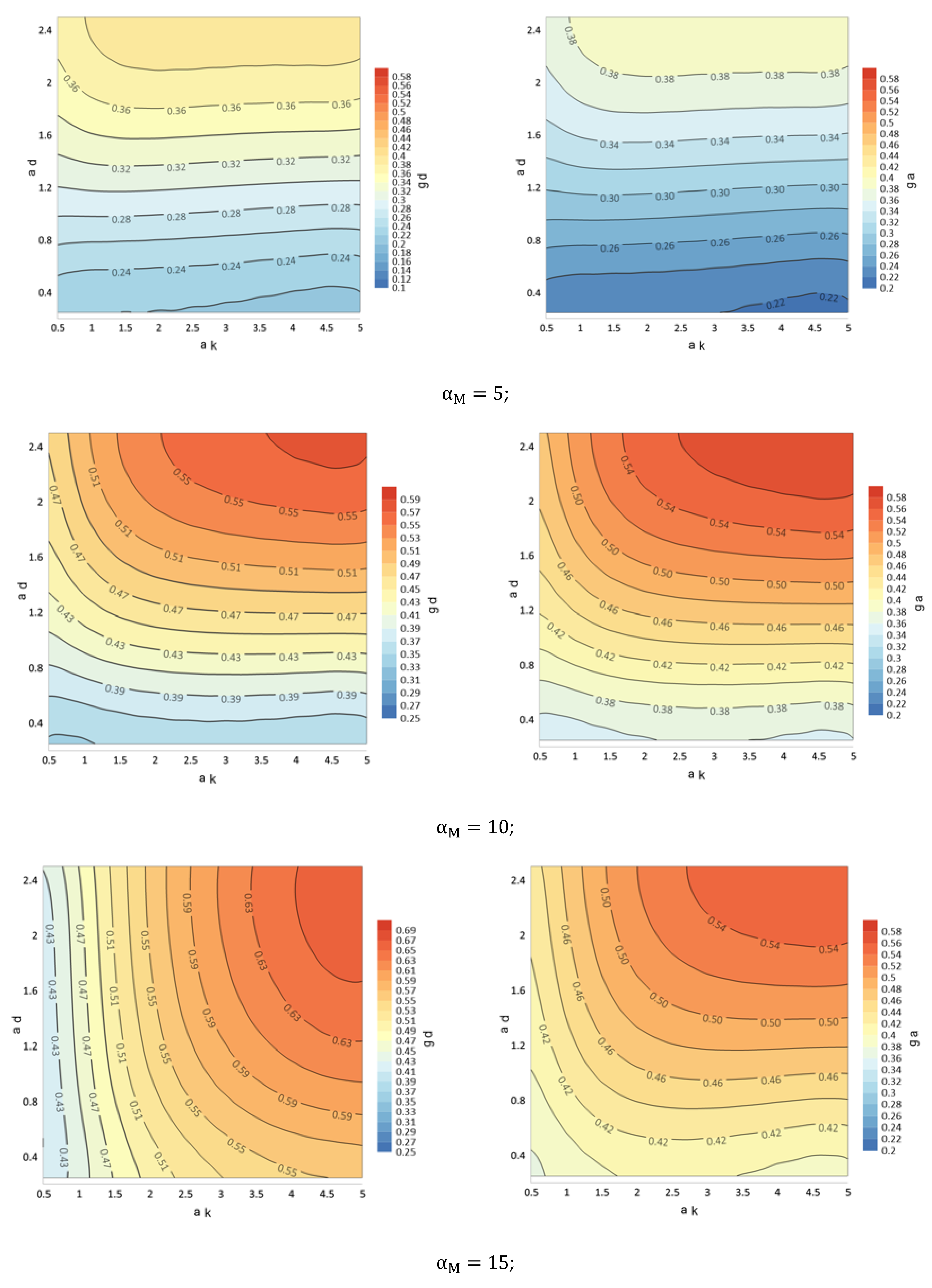
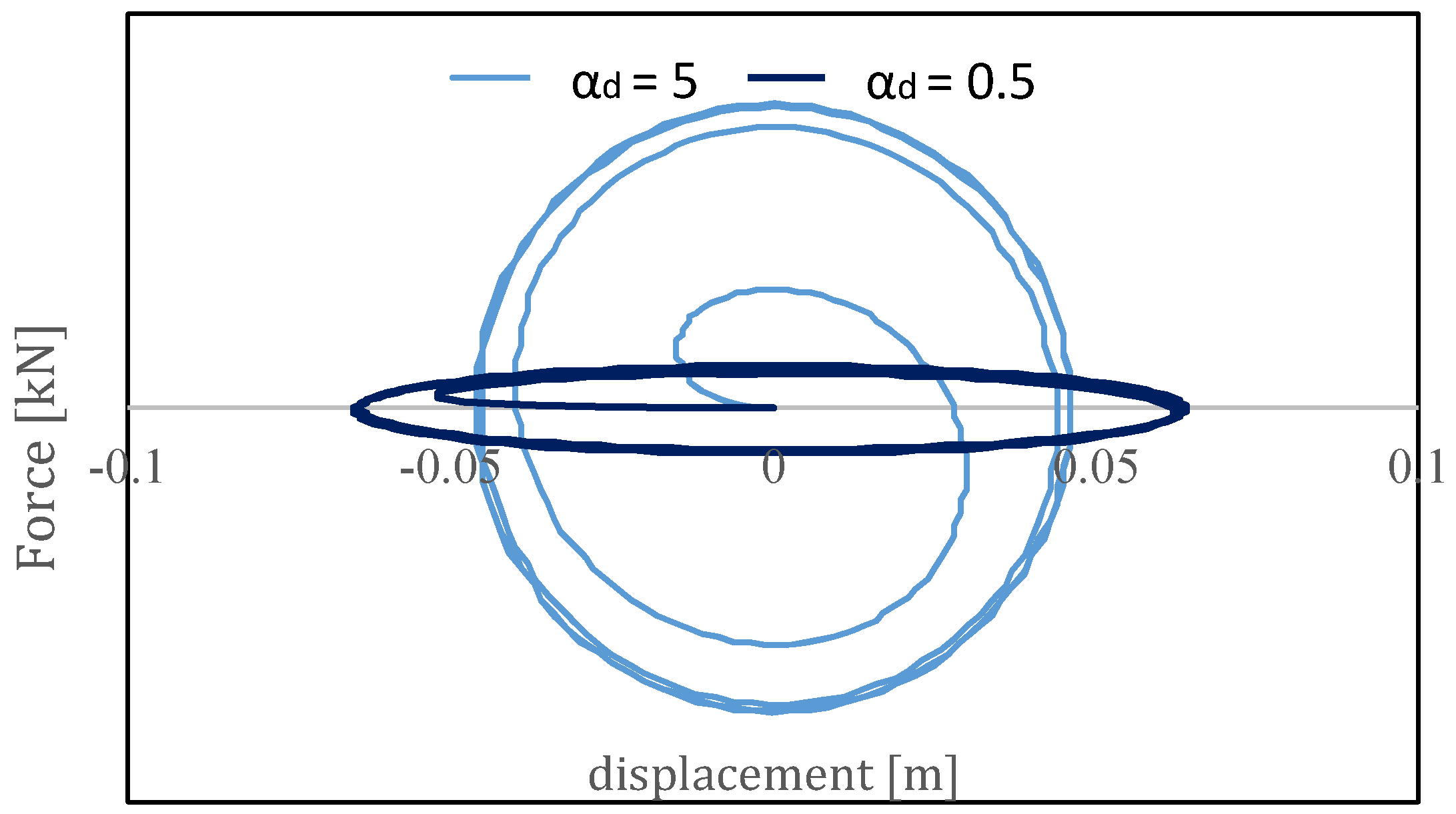
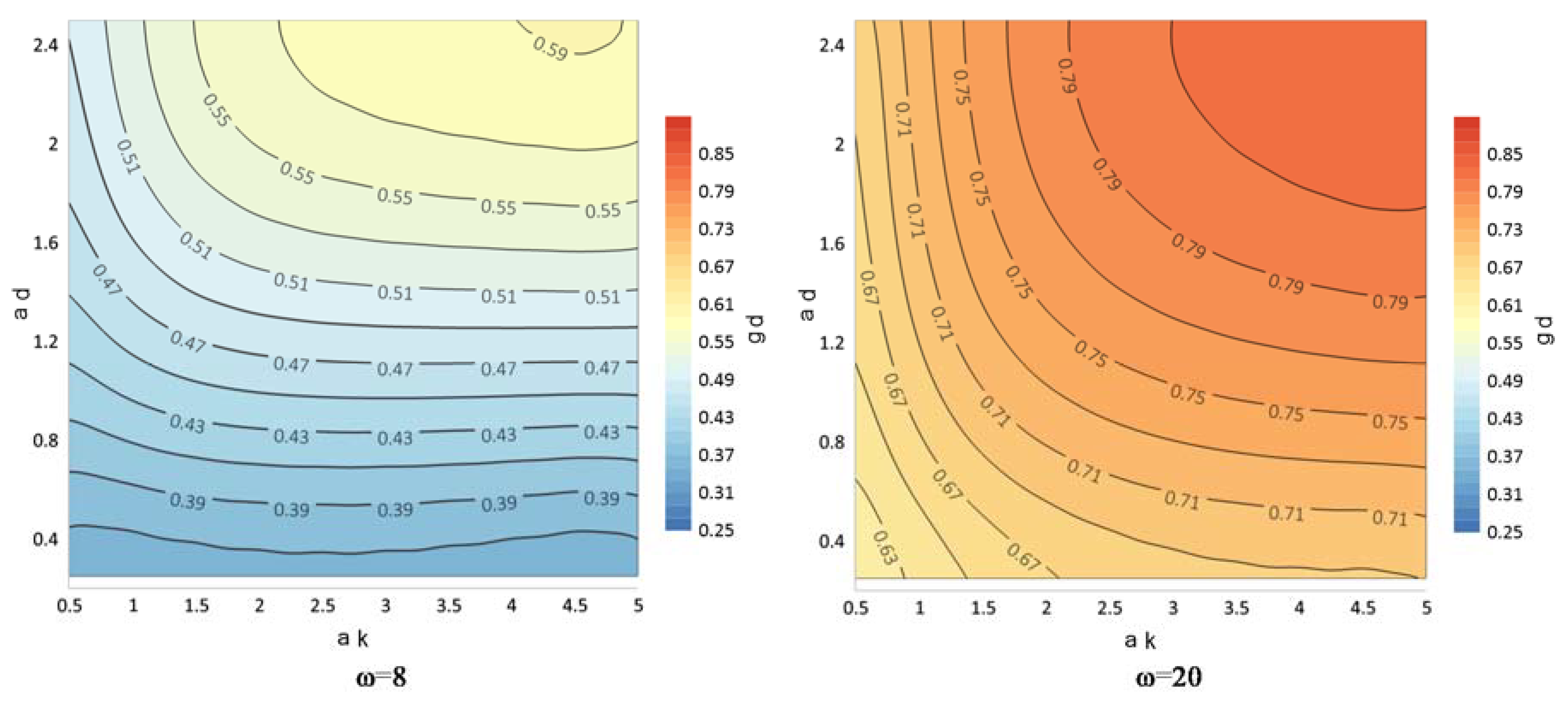
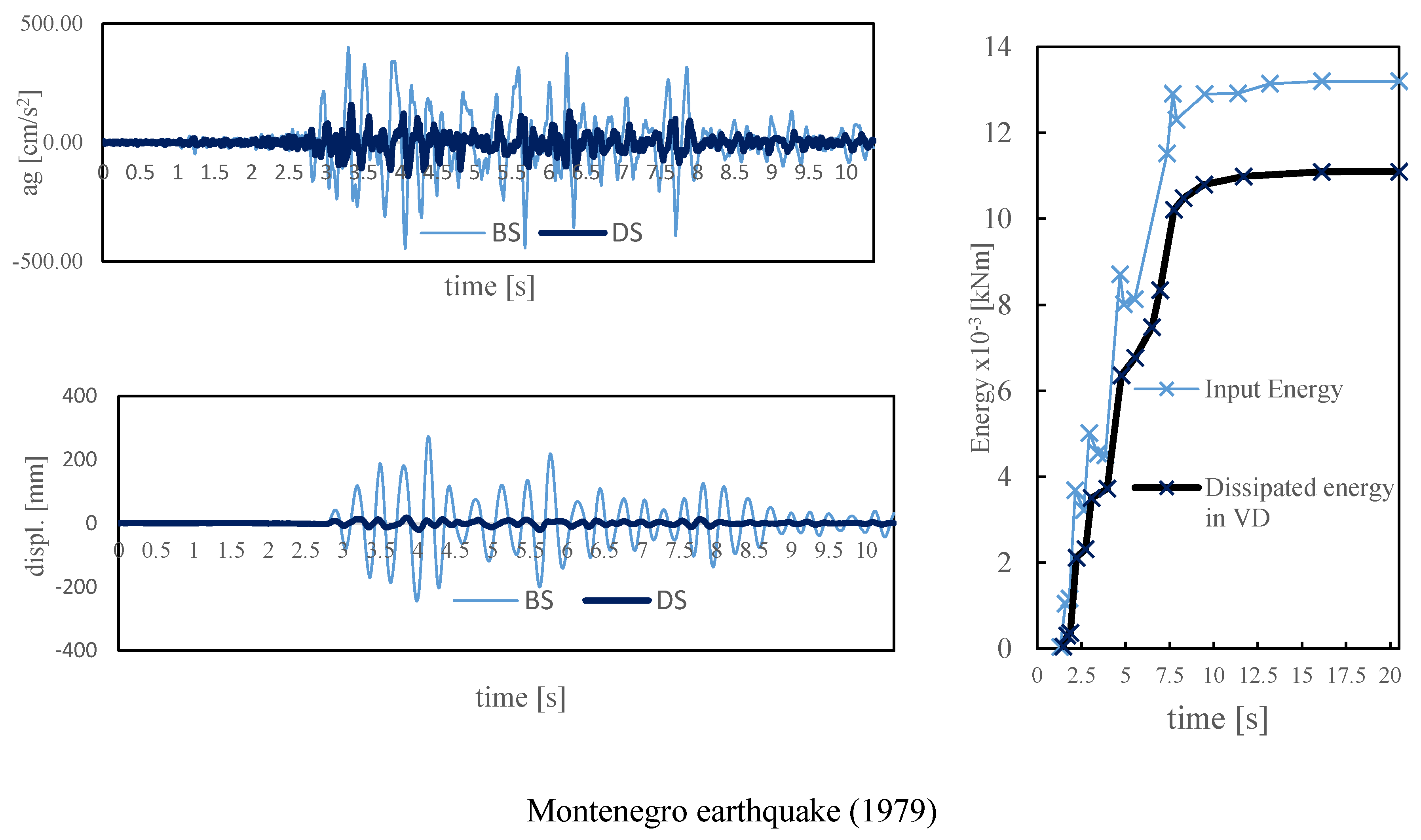
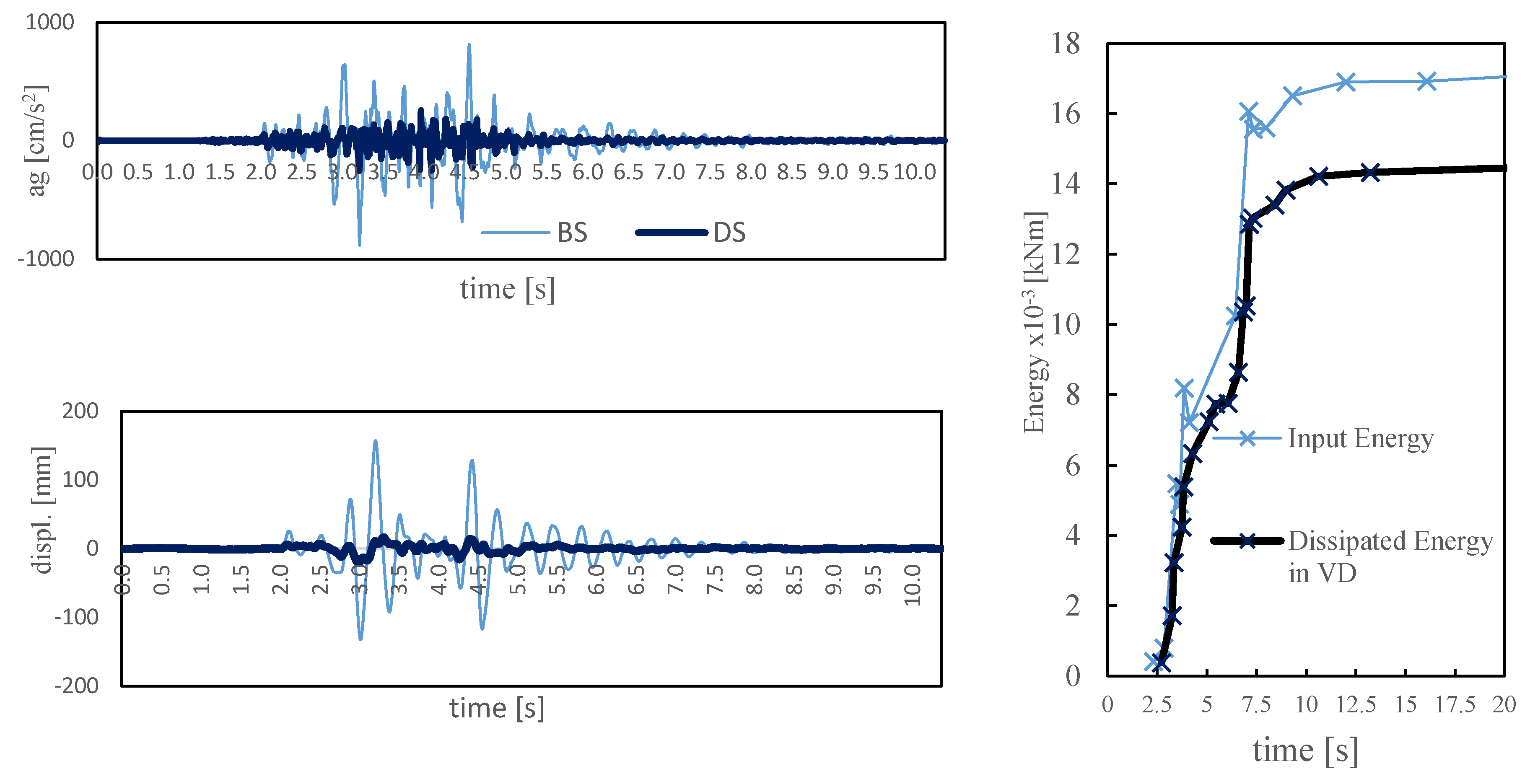
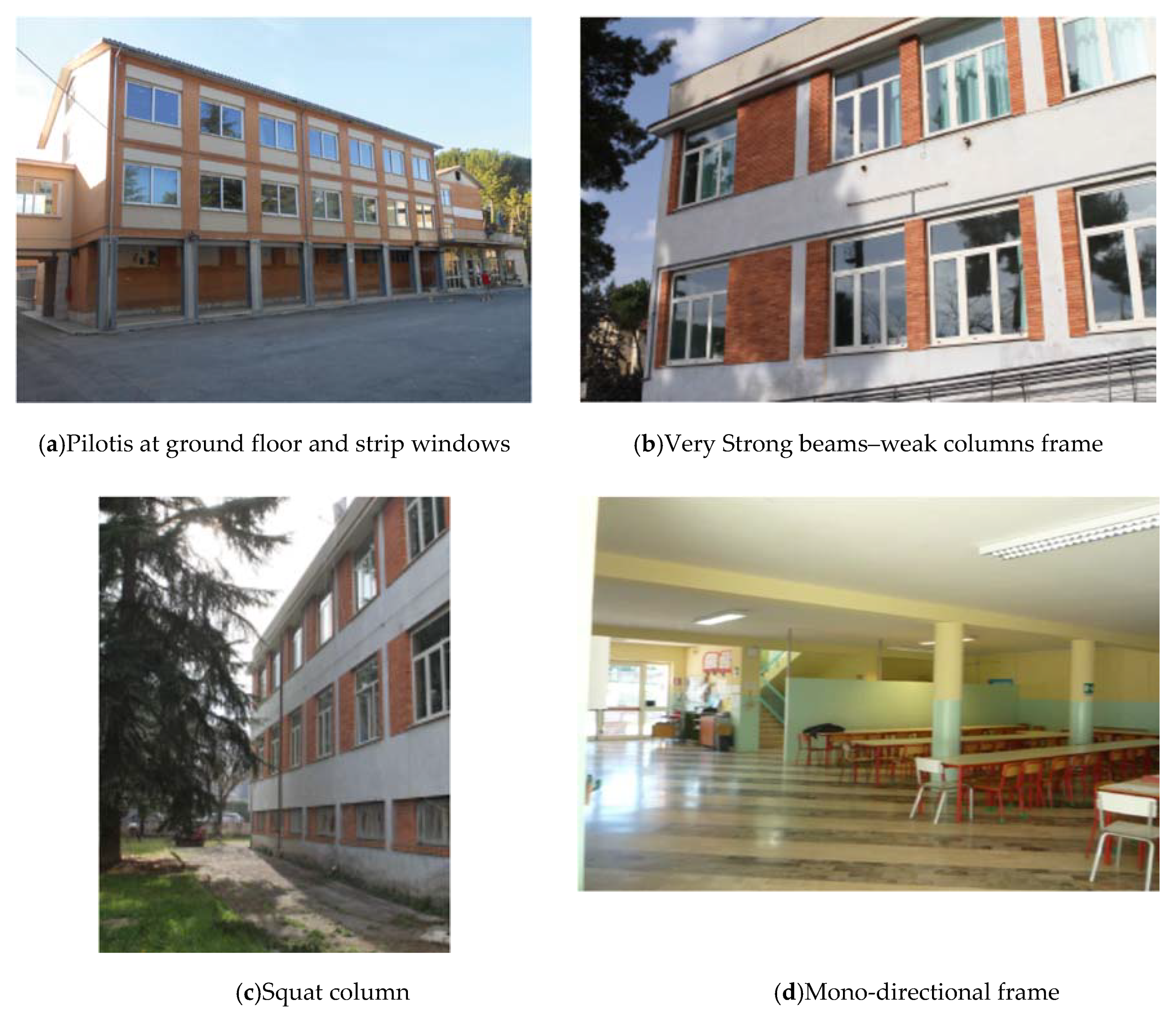

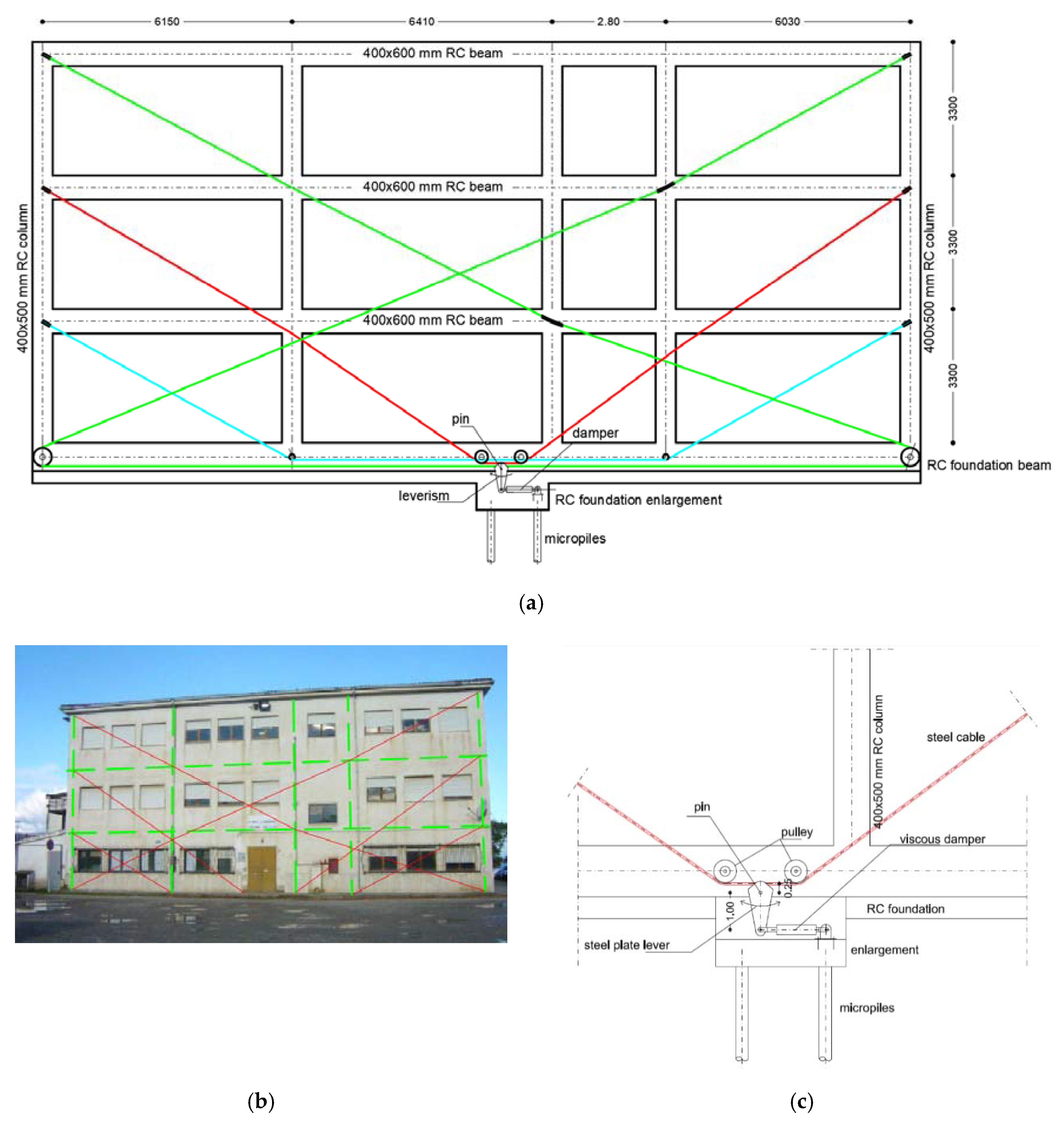
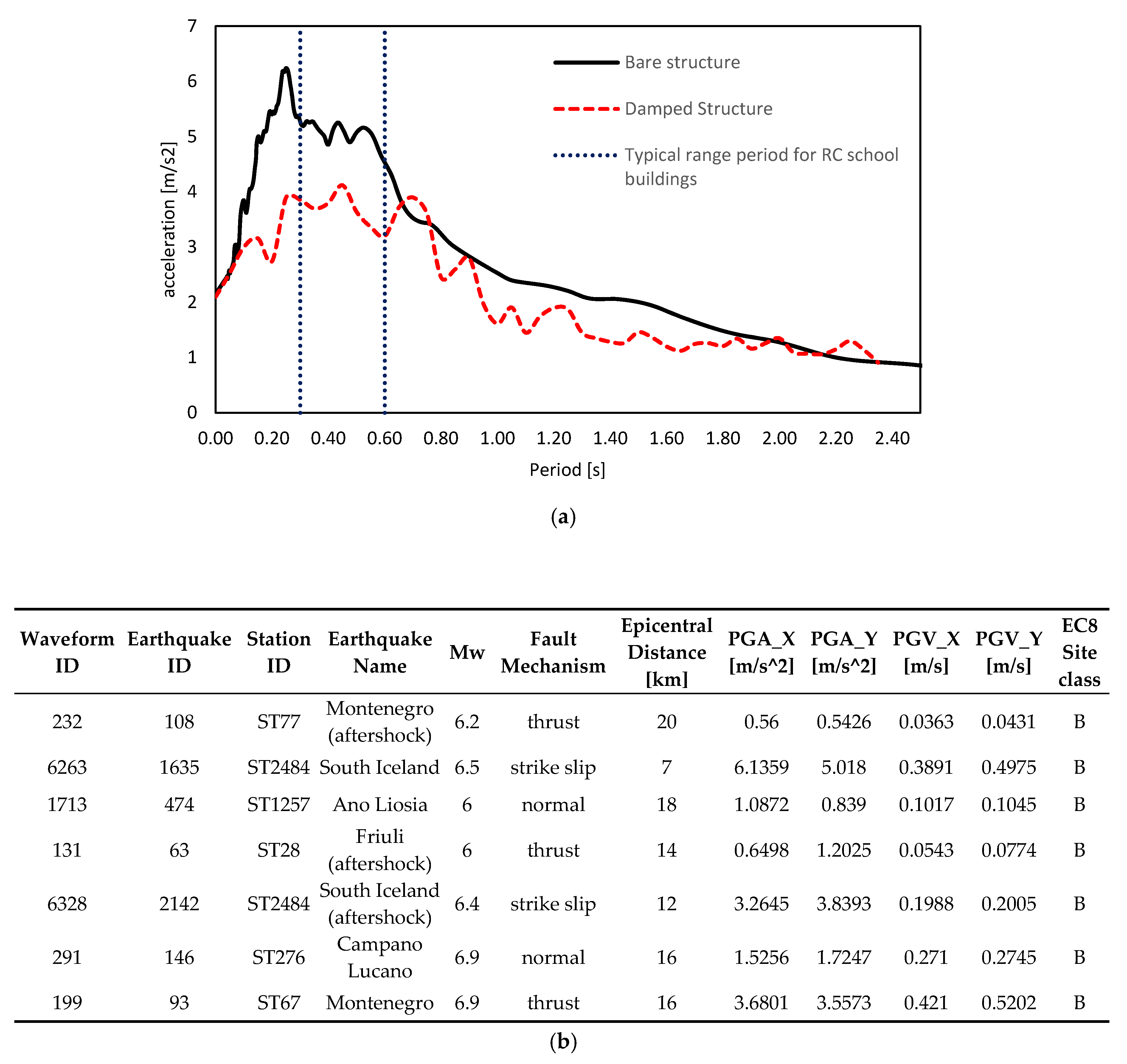
© 2020 by the authors. Licensee MDPI, Basel, Switzerland. This article is an open access article distributed under the terms and conditions of the Creative Commons Attribution (CC BY) license (http://creativecommons.org/licenses/by/4.0/).
Share and Cite
Sabino, A.; Mannella, A.; de Leo, A.M. Seismic Response of a Structure Equipped with an External Viscous Damping System. Buildings 2020, 10, 19. https://doi.org/10.3390/buildings10020019
Sabino A, Mannella A, de Leo AM. Seismic Response of a Structure Equipped with an External Viscous Damping System. Buildings. 2020; 10(2):19. https://doi.org/10.3390/buildings10020019
Chicago/Turabian StyleSabino, Antonio, Antonio Mannella, and Andrea Matteo de Leo. 2020. "Seismic Response of a Structure Equipped with an External Viscous Damping System" Buildings 10, no. 2: 19. https://doi.org/10.3390/buildings10020019




